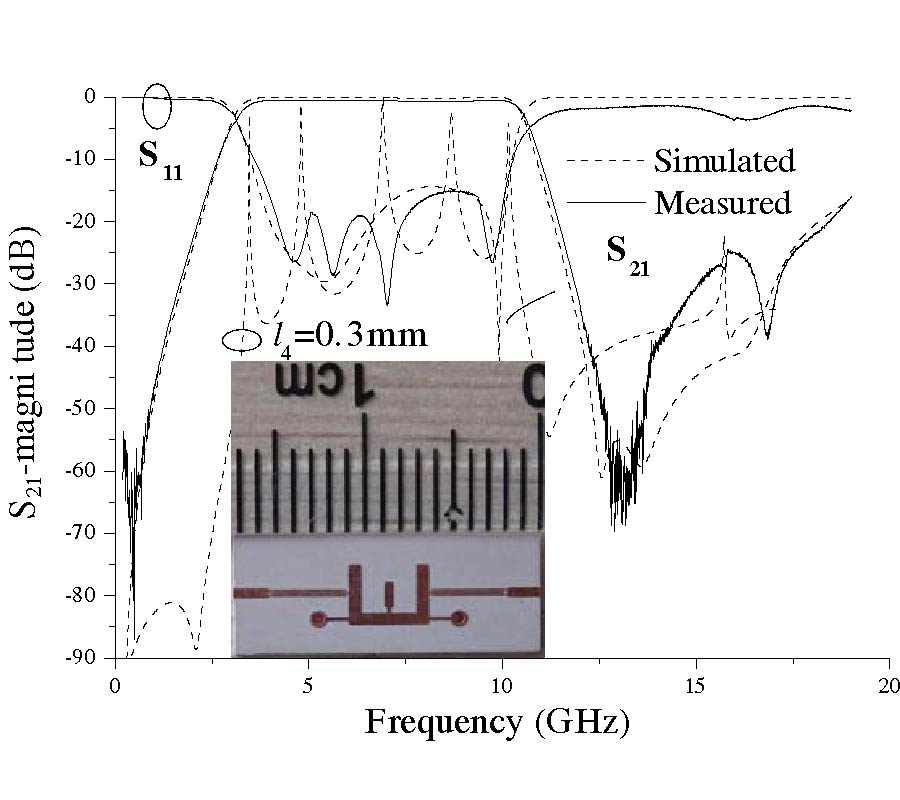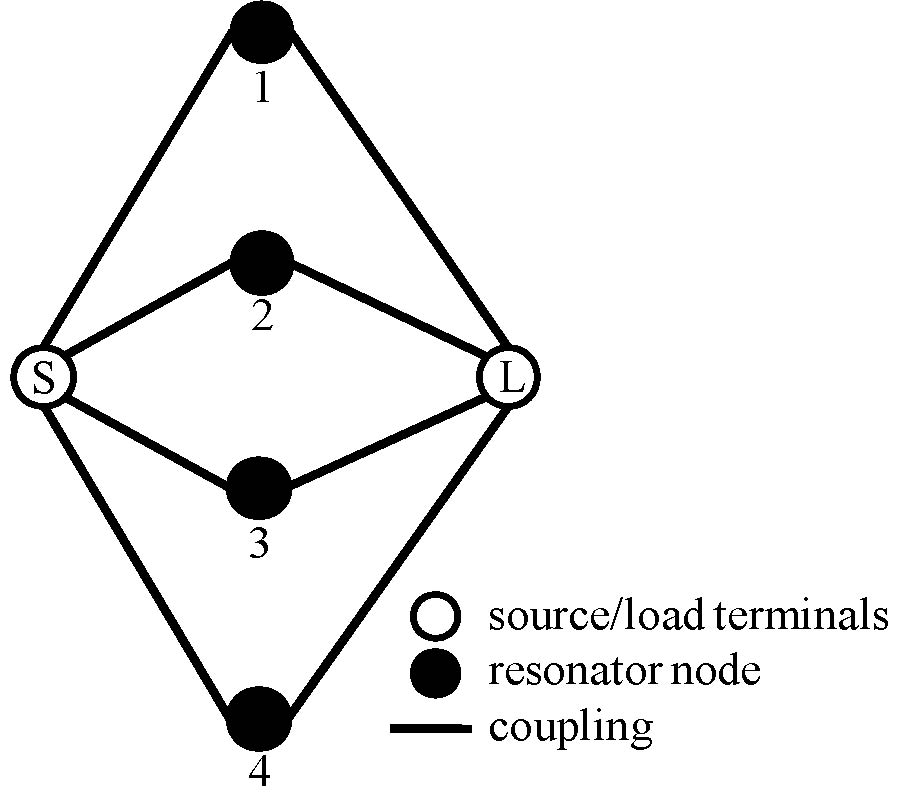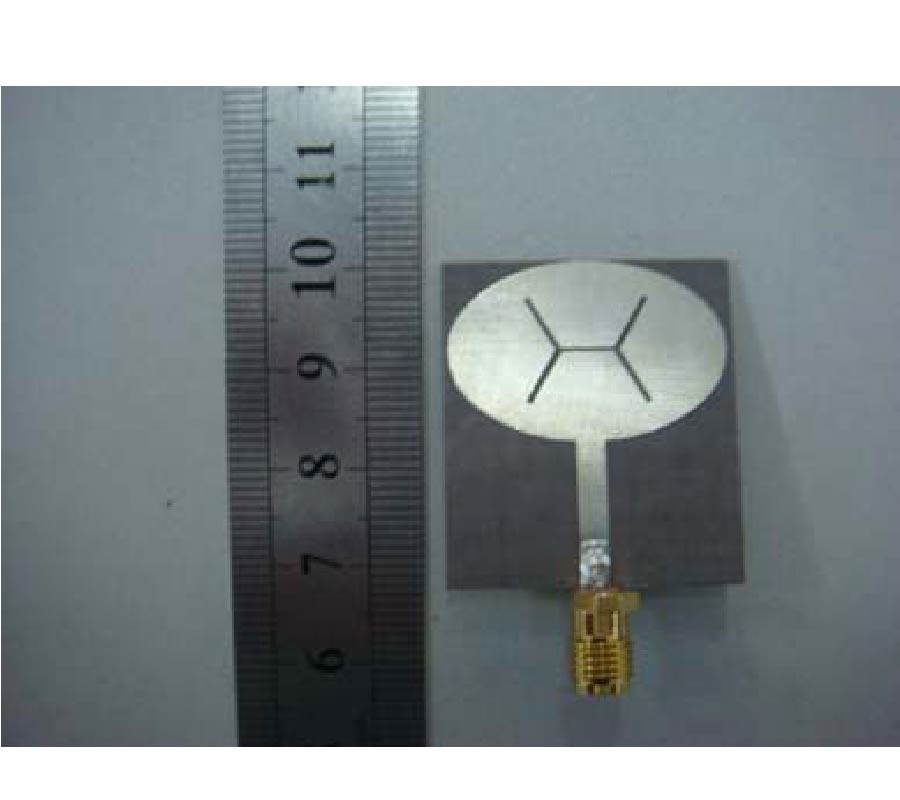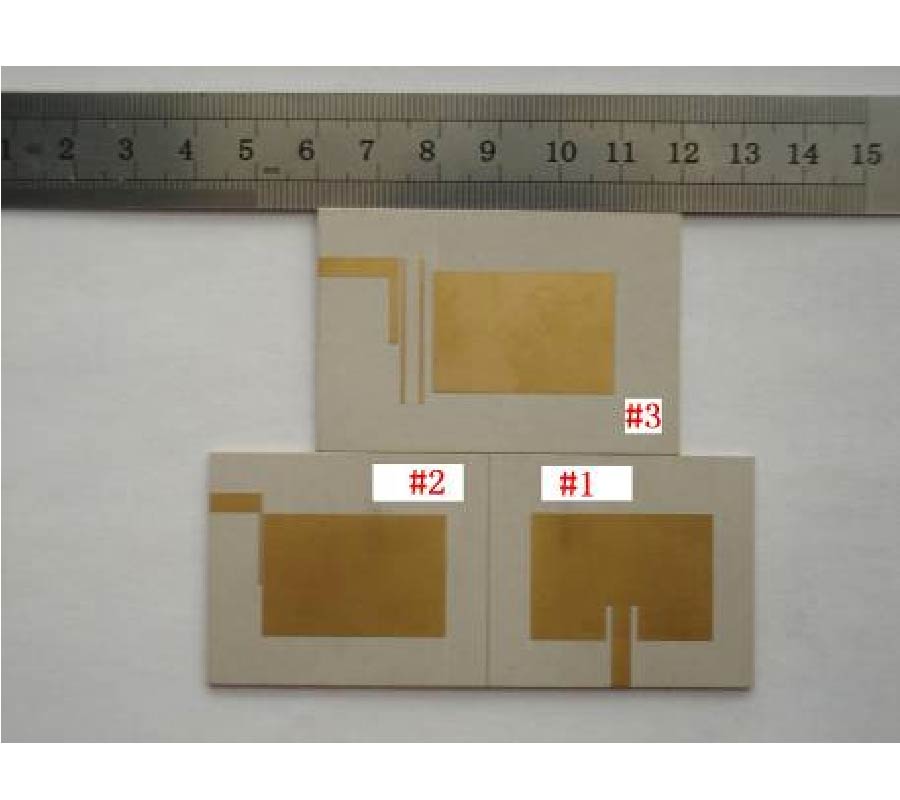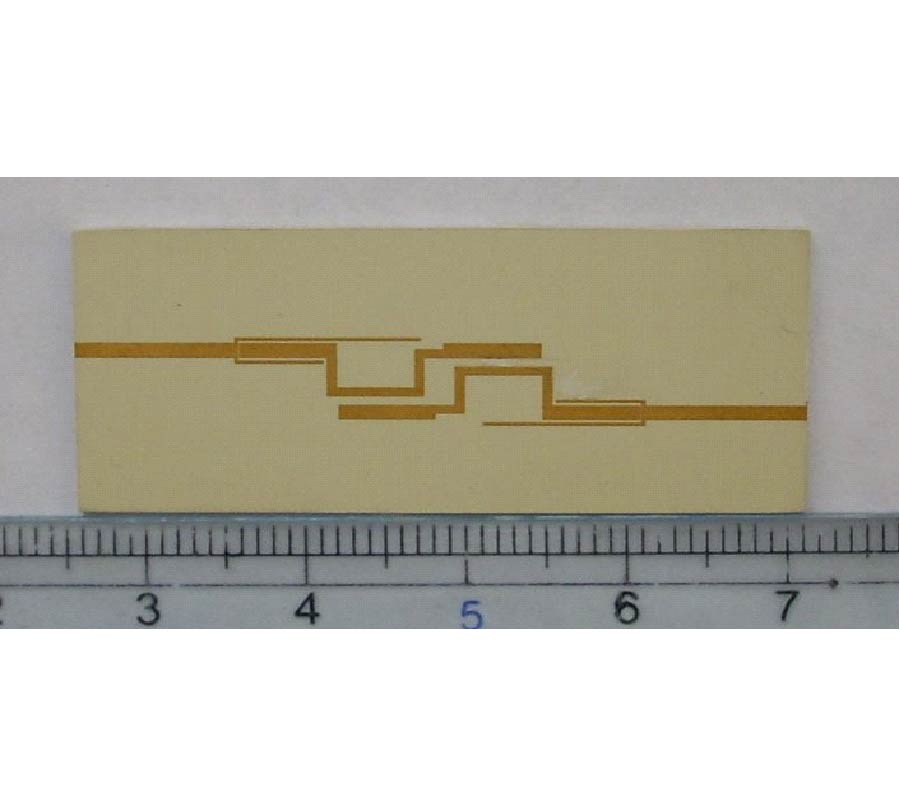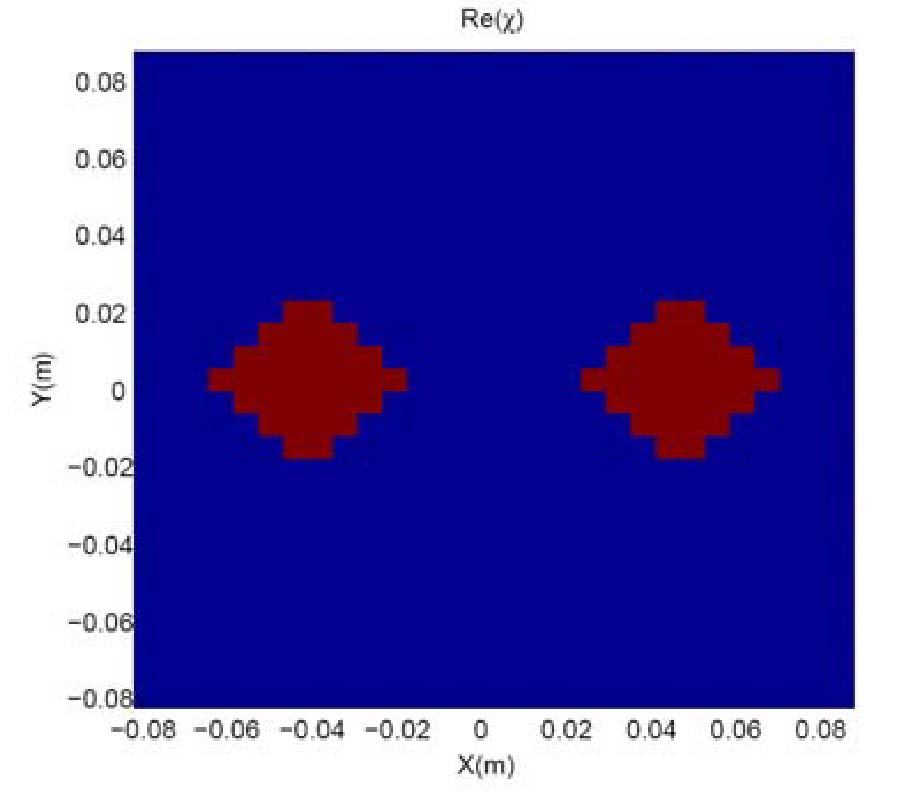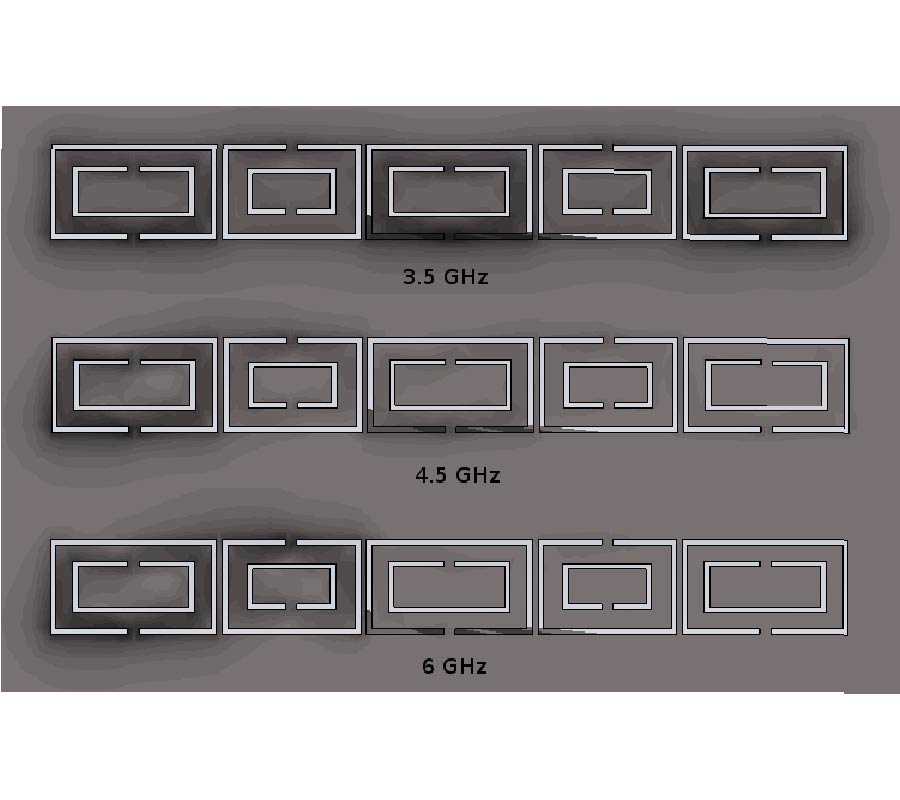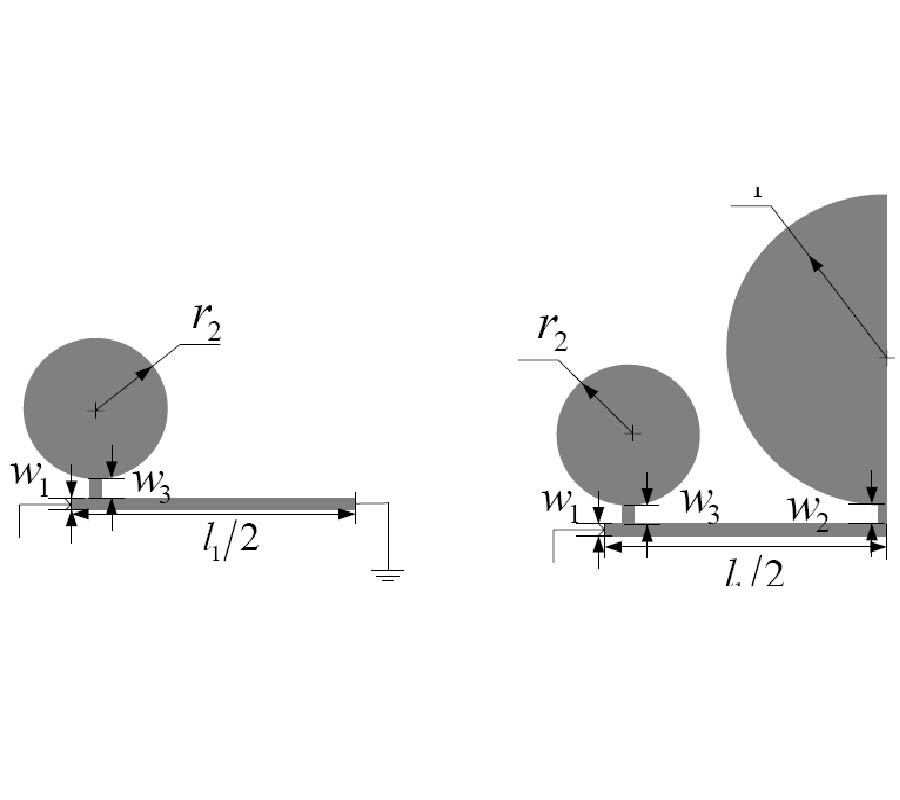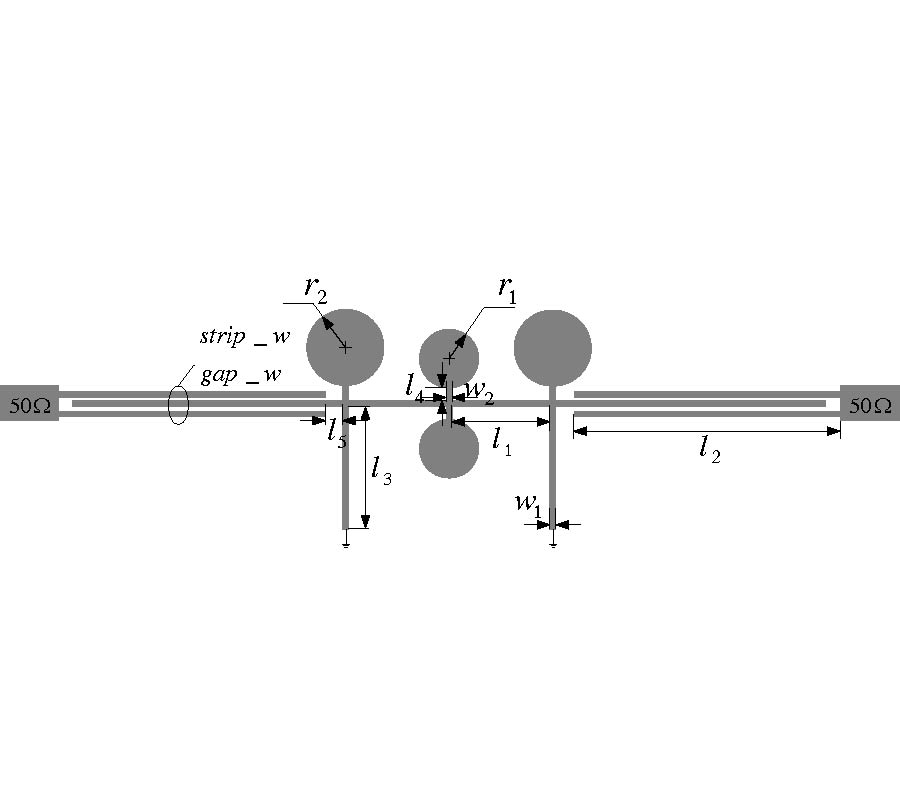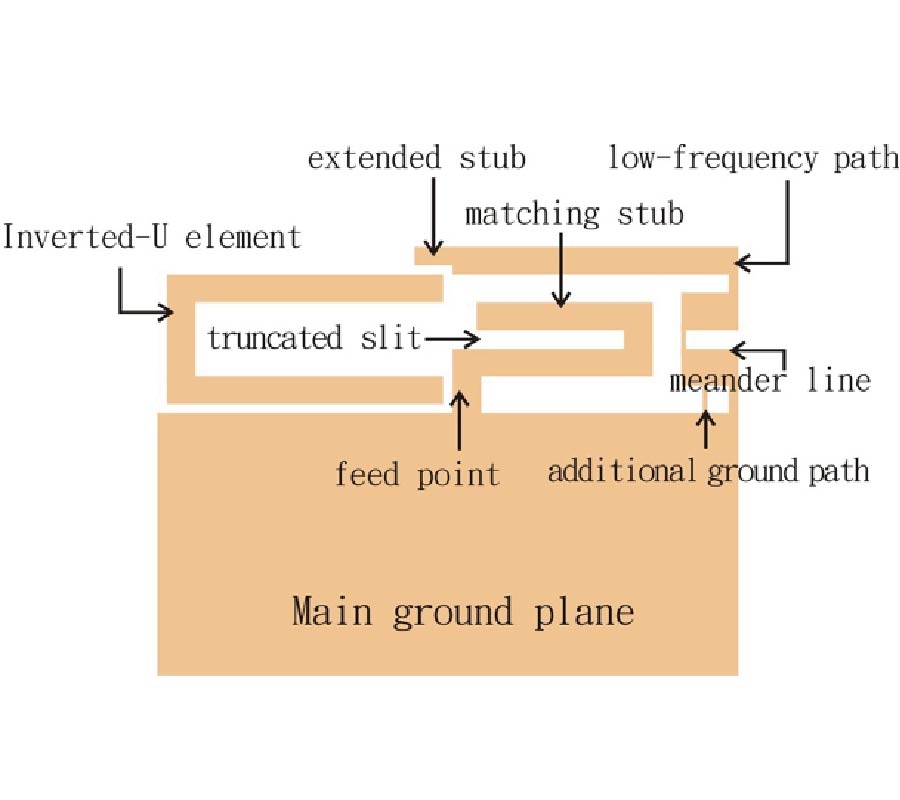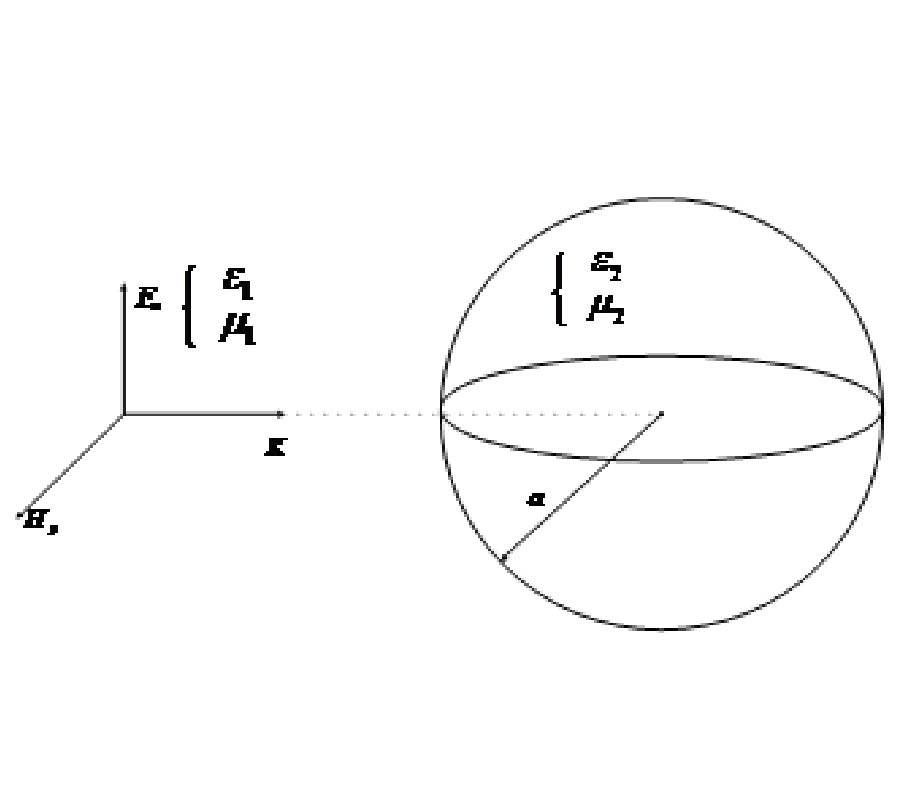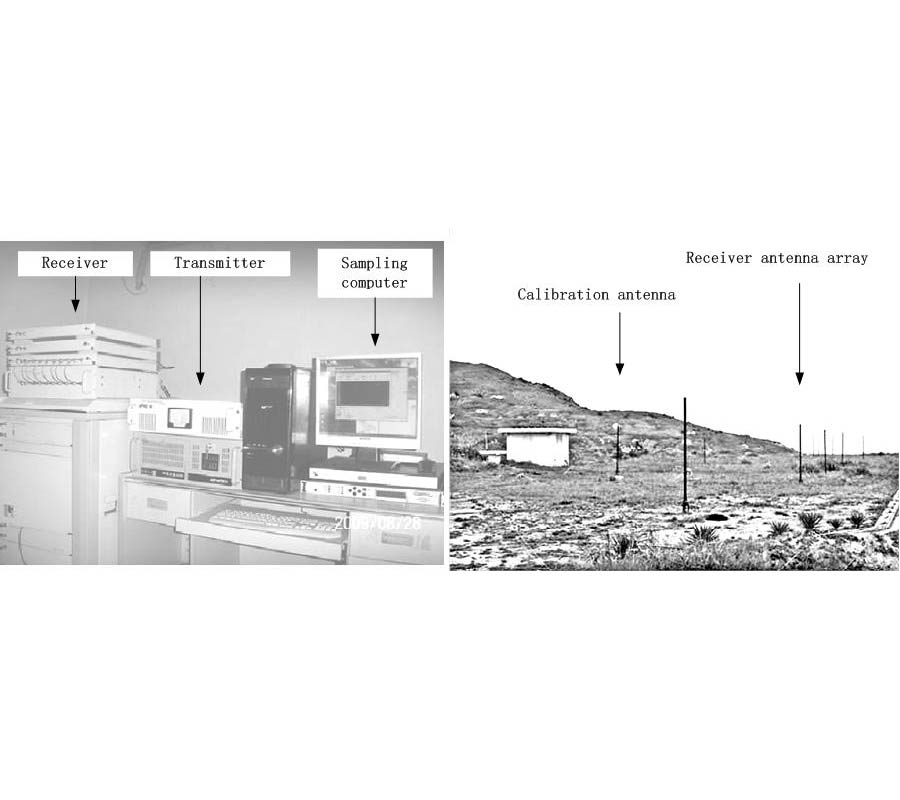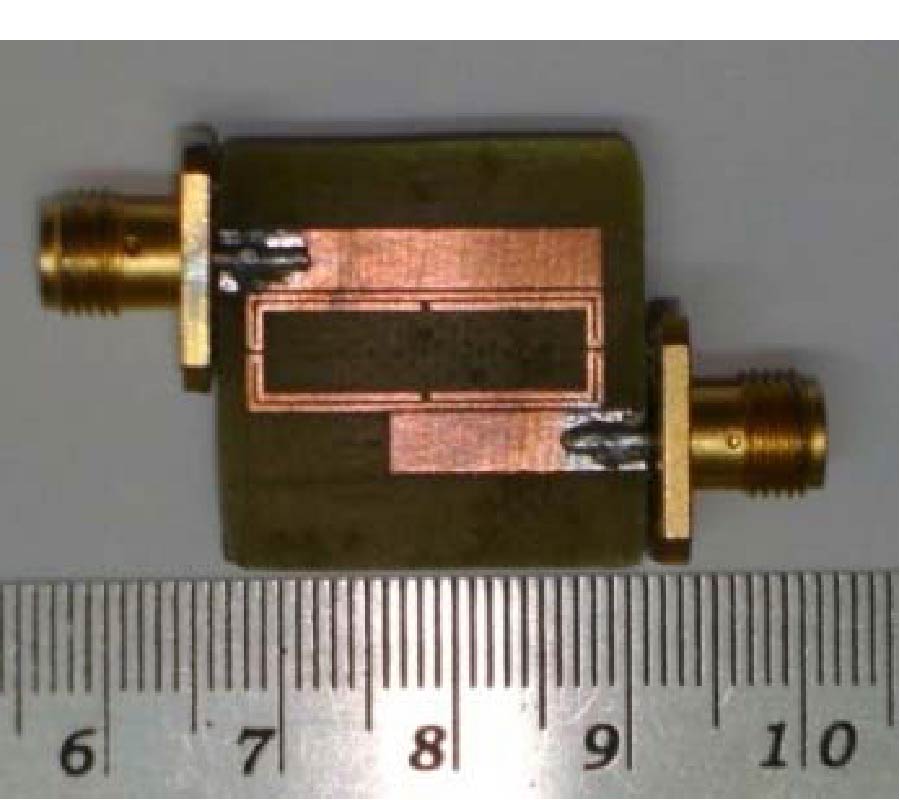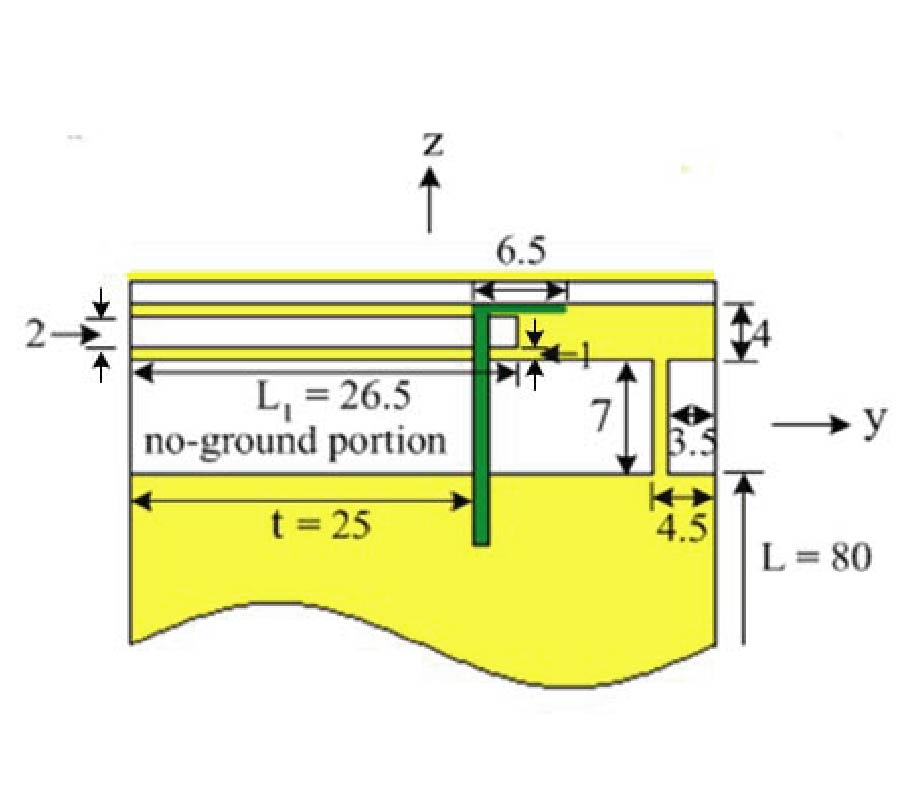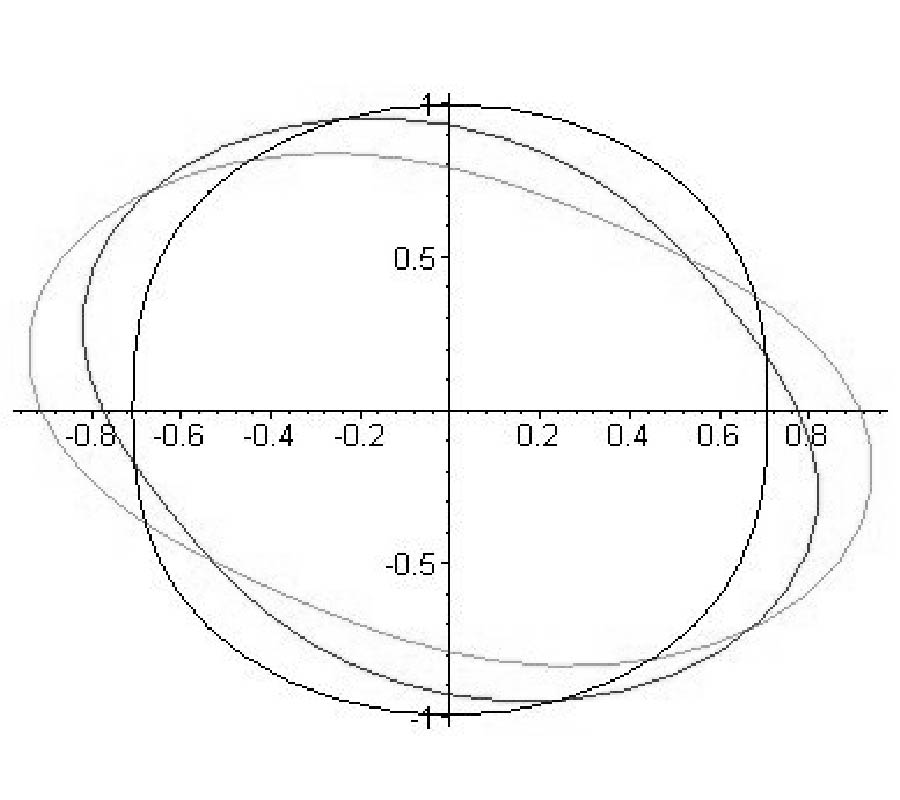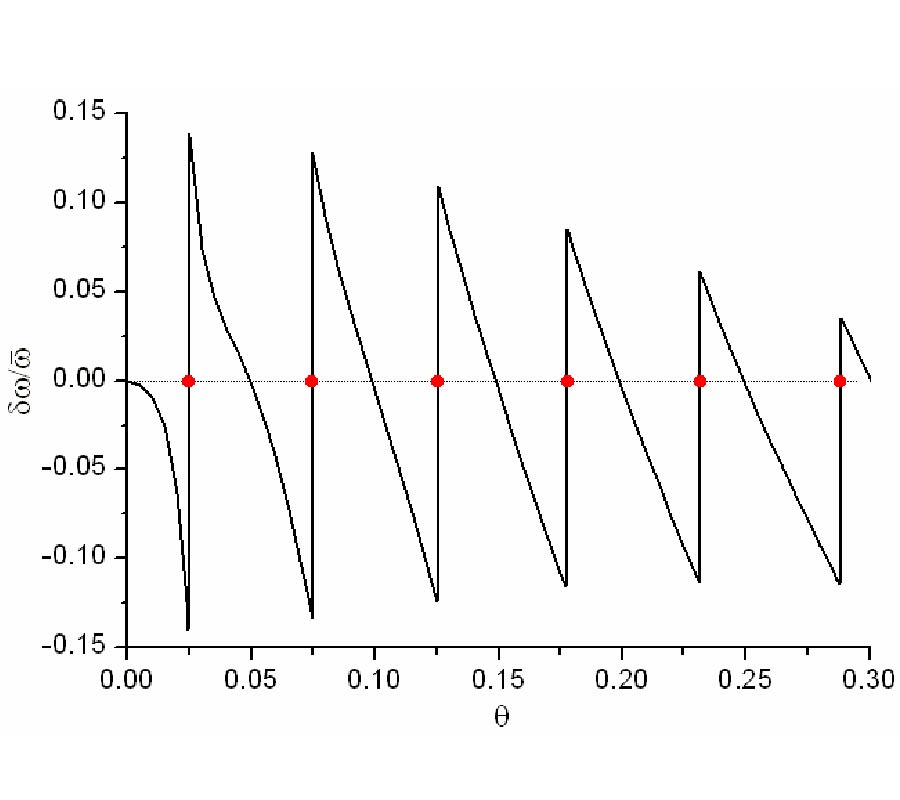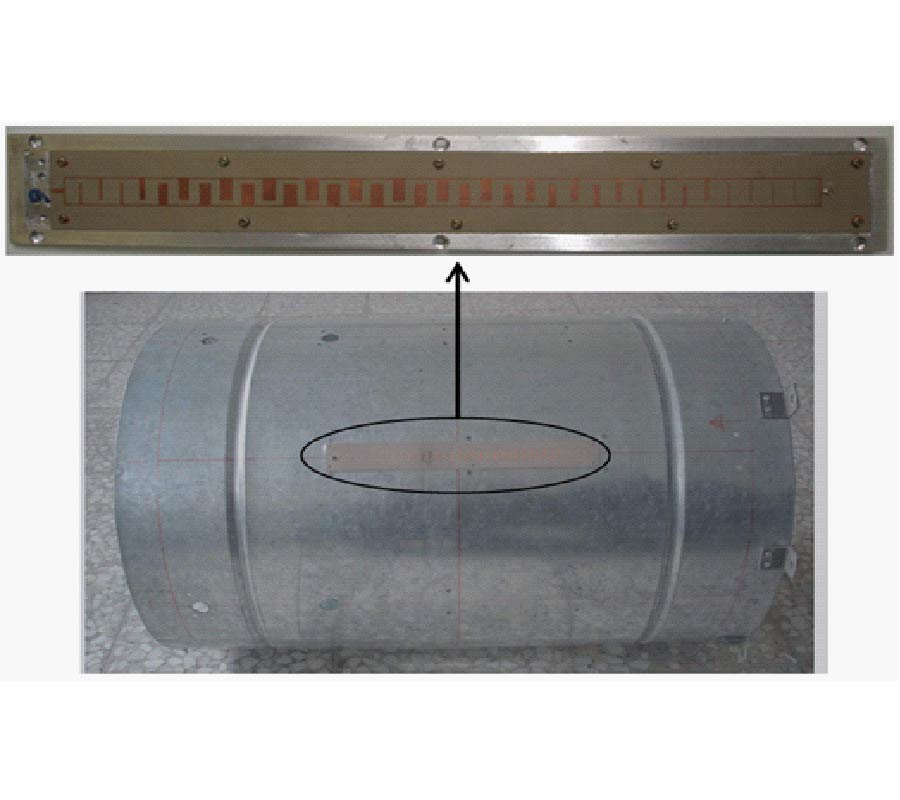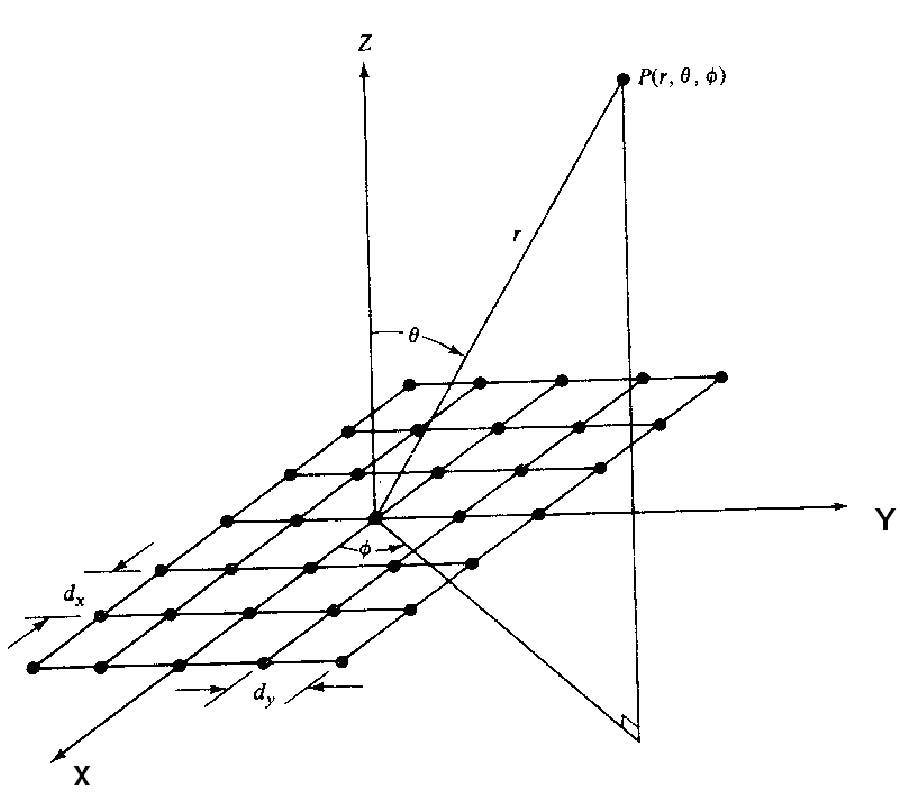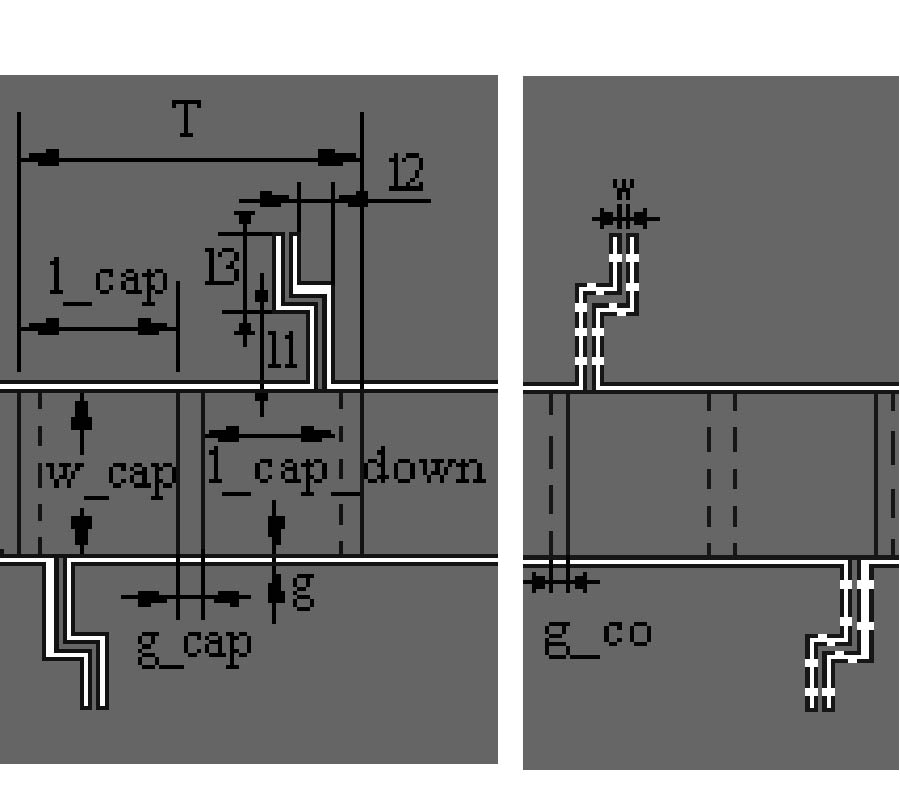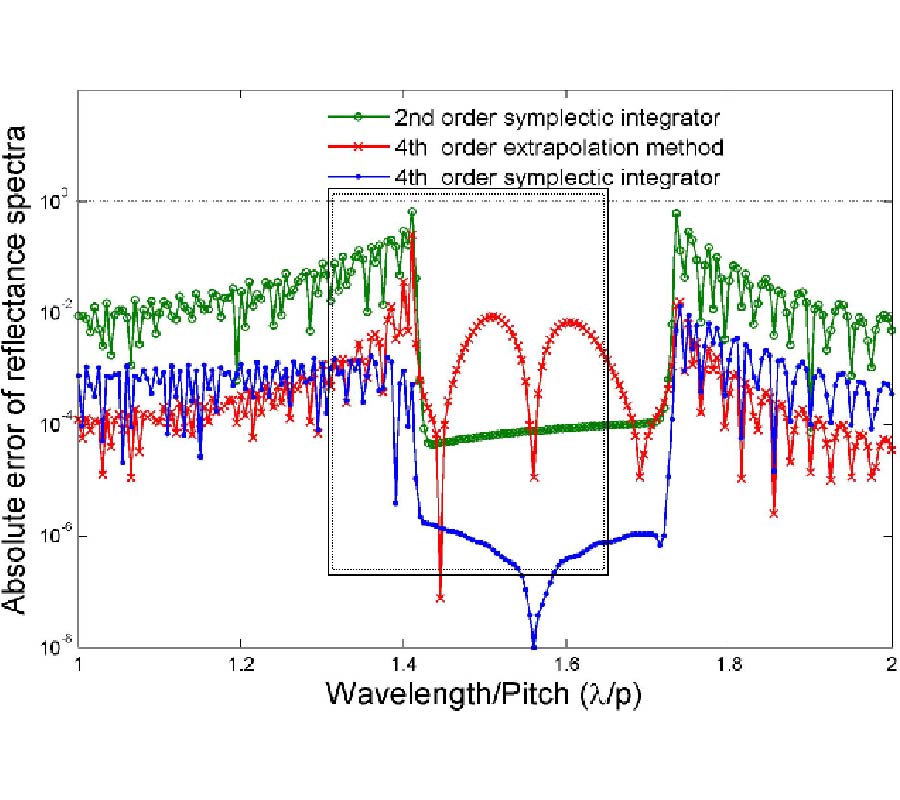Compact Dual-Mode Open Stub-Loaded Resonator and BPF
Hong-Wei Deng
,
Yong-Jiu Zhao
,
Xue-Shun Zhang
,
Lu Zhang
and
Wei Zhao
A compact dual-mode open stub-loaded resonator and bandpass filter (BPF) is proposed in this paper. The resonator, which is formed by attaching a disc-shaped open stub and circular open stubs in pairs to a high impedance microstrip line, generates two operating modes in the desired band, and the even-mode resonance frequency can be flexibly controlled by the disc-shaped open stub at central plane, whereas the odd-mode one is fixed. The four transmission zeros are created to sharpen the rejection skirt, suppress two high harmonic resonant modes and deepen upper-stopband, respectively. Experimental results of the dual-mode filter which incorporates this resonator with parallel-coupled feed line with tuning stub at 5.8 GHz show good agreement with the simulated ones. The size for the resonator is only 4.7 × 3.4 mm (0.29λg×0.21λg in which λg is the guided wavelength of 50 Ω microstrip at 5.8 GHz).
